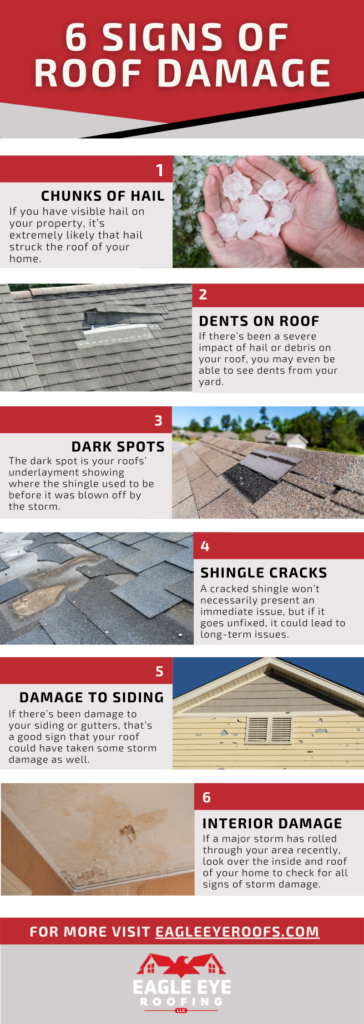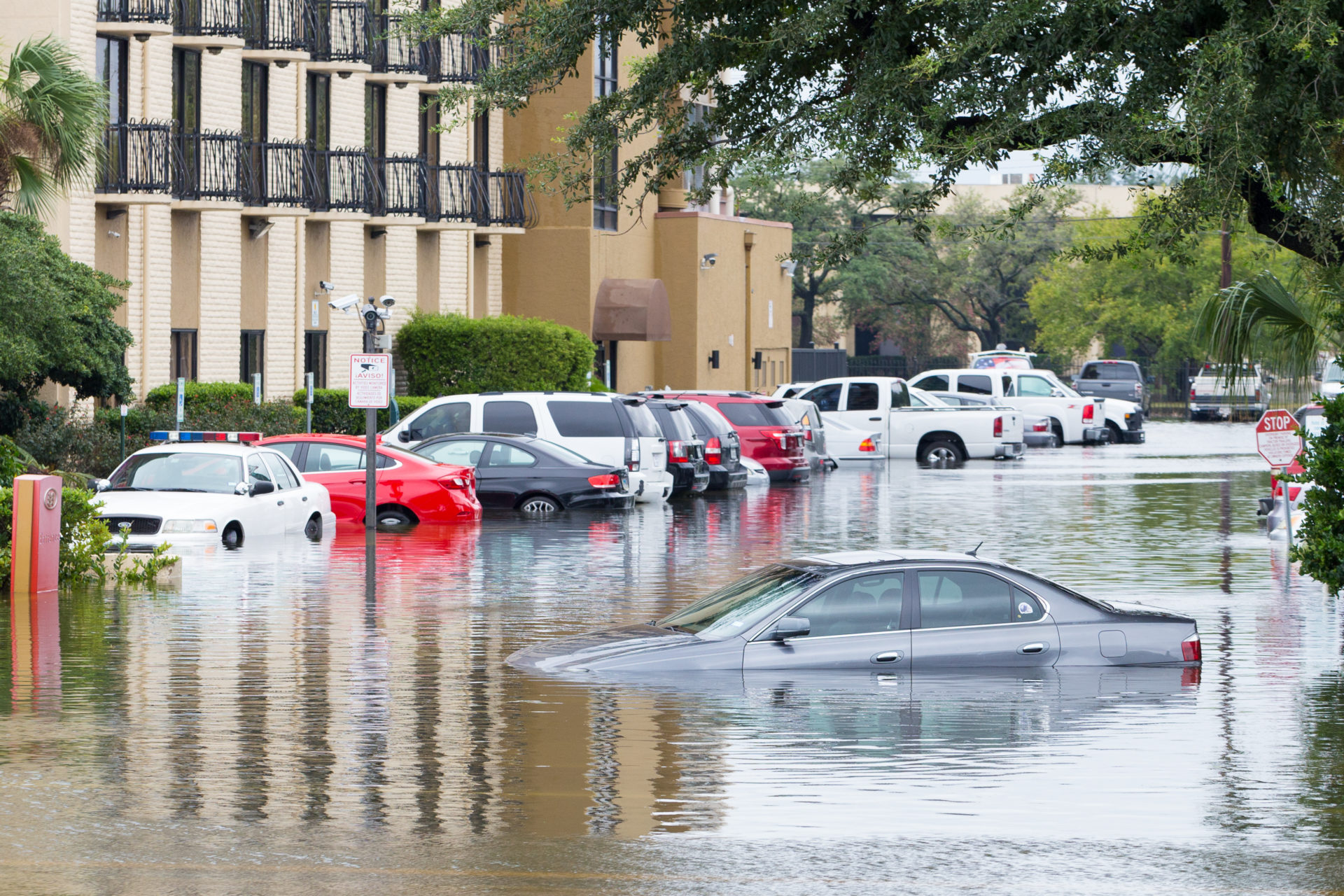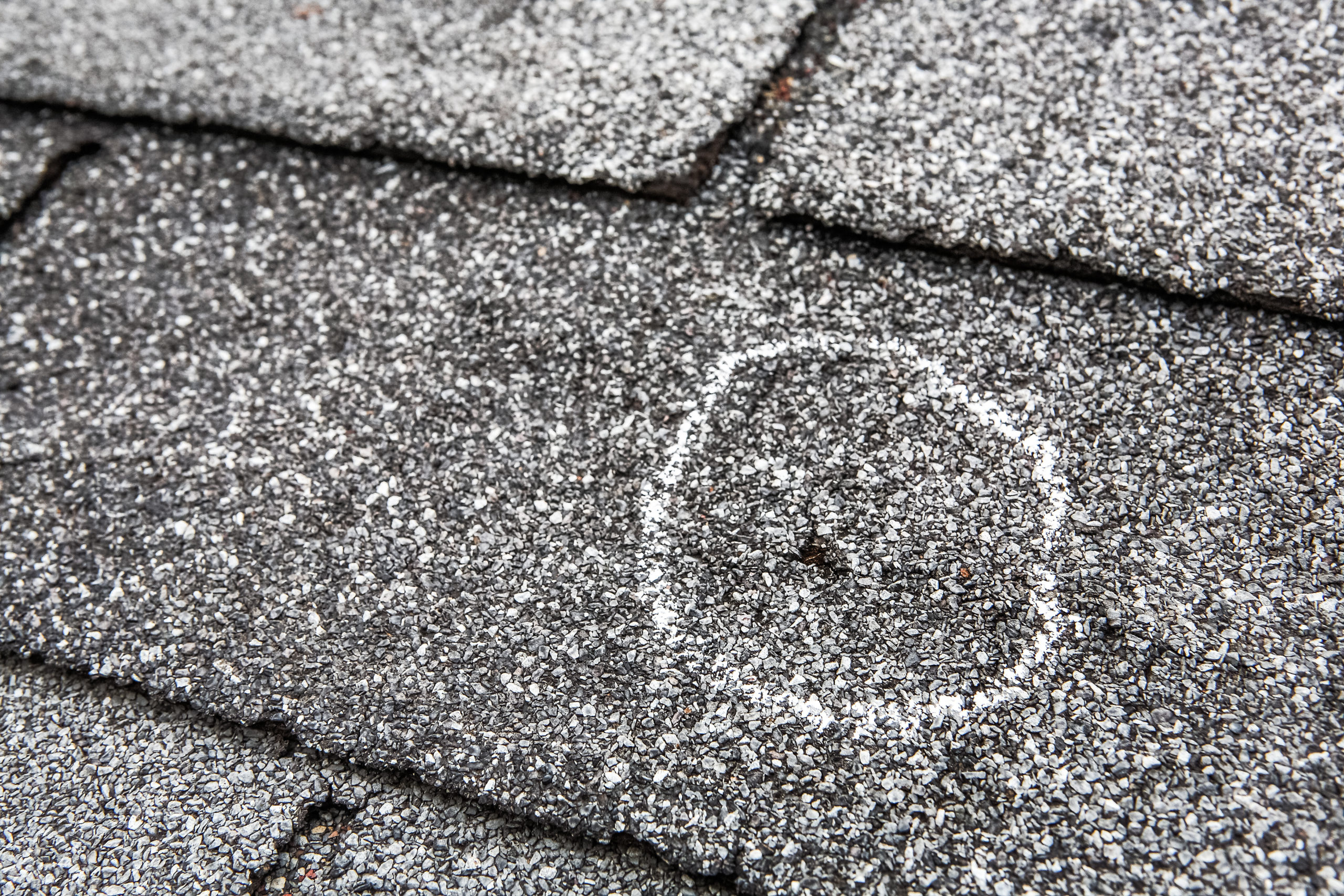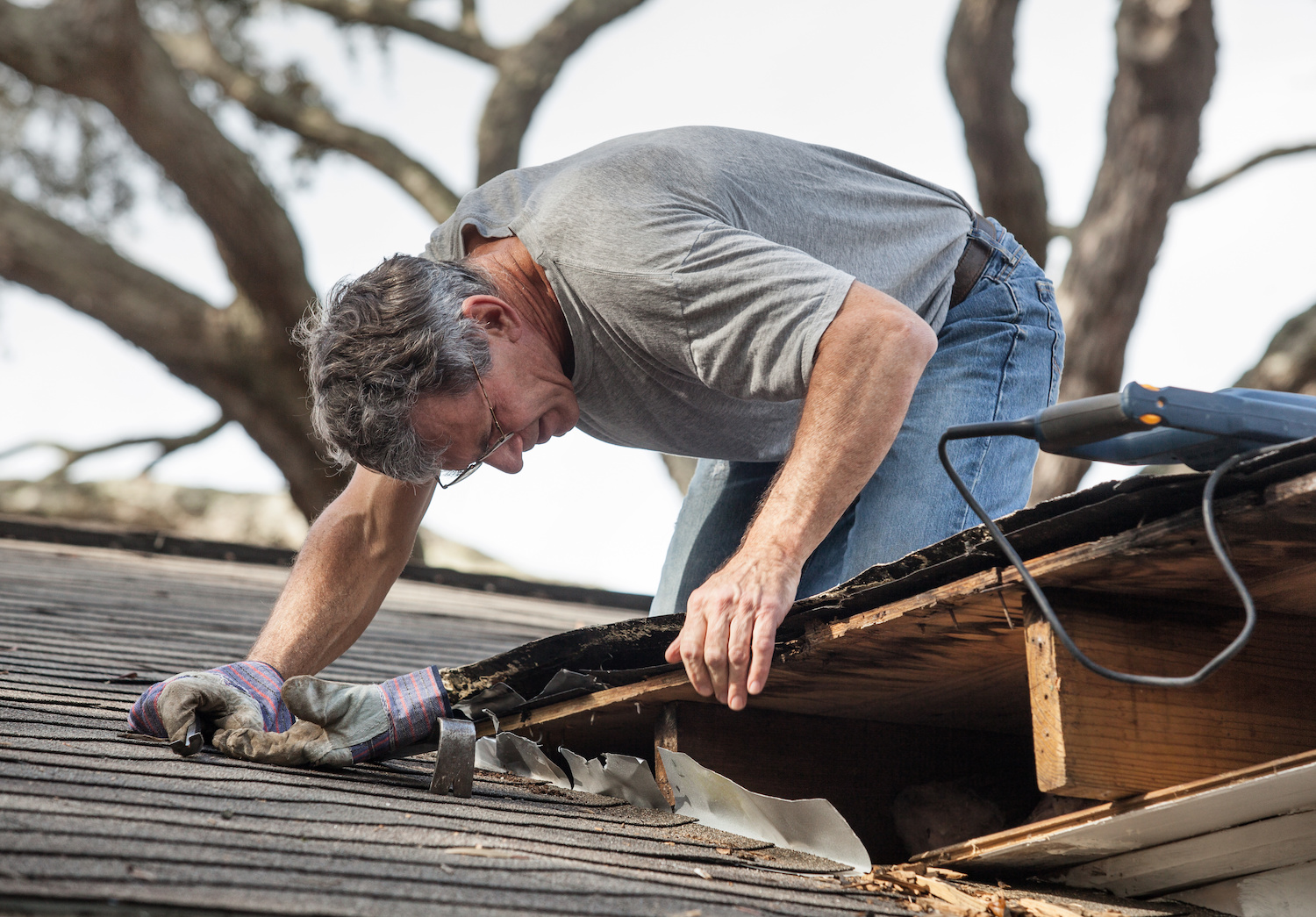
It’s a given that storms can be destructive, but finding that destruction can be tricky. Especially if you don’t know what to look for. It could take days, weeks, or months before you notice any roof storm damage on your home. The unfortunate part is that the longer it takes for you to find storm damage on your roof, the more likely that damage has gotten worse. On the bright side, there are a number of signs to look out for that will help you determine there was certainly storm damage to your roof.
The key to protecting your roof and home is to reach out to a professional roofing contractor as soon as you identify or even suspect any storm damage to your roof. The worst thing you can do is try to “wait it out.” In order to identify storm damage, you need to know what signs to look out for on your home. These tips will walk you through the different types of damage we typically see after storms and how you can spot it on your roof.
6 Signs of Roof Storm Damage
Most storm damage is caused by three main things: wind, hail, or falling debris. Hail is one of the most common causes of roof damage for homeowners. After a storm, you’ll know your roof took a beating if you find chunks of ice or dents throughout various parts of your roof. Typically, hail can cause damage to the roof’s surface, but it can also cause structural damage to the roof as well. If you notice distortion in the shape of the roof, don’t try to take matters into your own hands. Instead, reach out to a roofing contractor as soon as possible.
Modern roofing shingles are graded for varying degrees of wind, so wind damage is generally caused over time. A strong storm can carry huge gusts of wind, and if that wind is paired with the faulty installation of your shingles, wind damage can happen in an instant. Additionally, the wind can carry debris or cause tree branches and other things to fall onto your roof and create some serious damage.
Chunks of Hail in Your Lawn
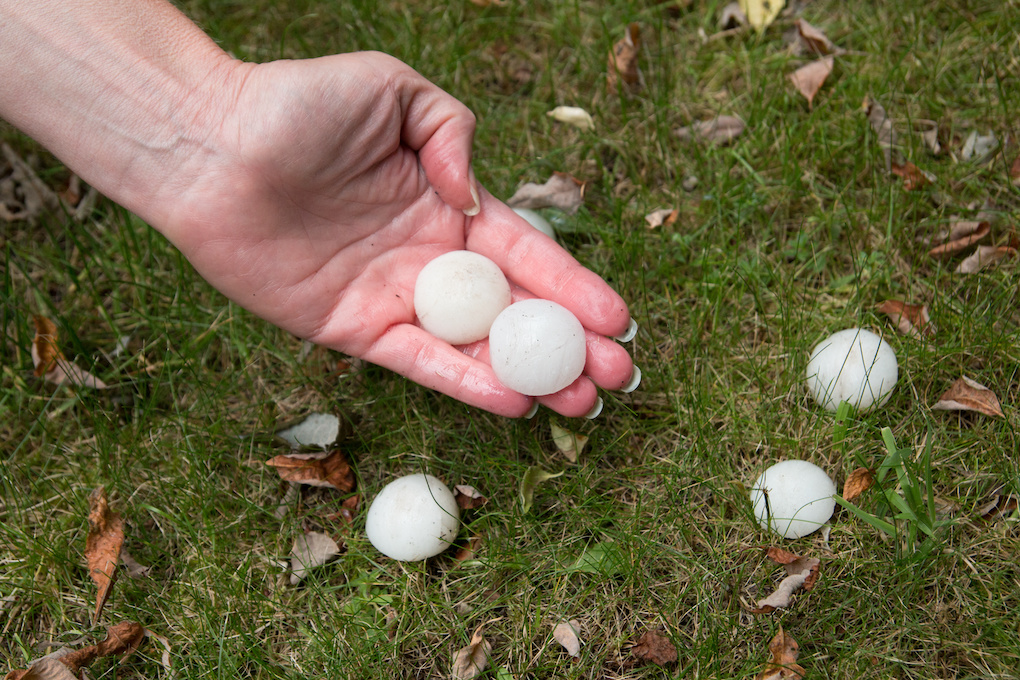
Where there’s smoke, there’s fire. In the instance of a hail storm, if you have visible hail on your property, it’s extremely likely that hail struck the roof of your home. Although it doesn’t necessarily mean there was damage, visible hail is a good sign that you should go up to your roof and take a close look to inspect for damage after the storm passes. If you’re uncomfortable climbing up on your roof, call a professional. At Eagle Eye, we offer free roof inspections, feel free to give us a call!
Clear Dents on Your Roof/Shingles
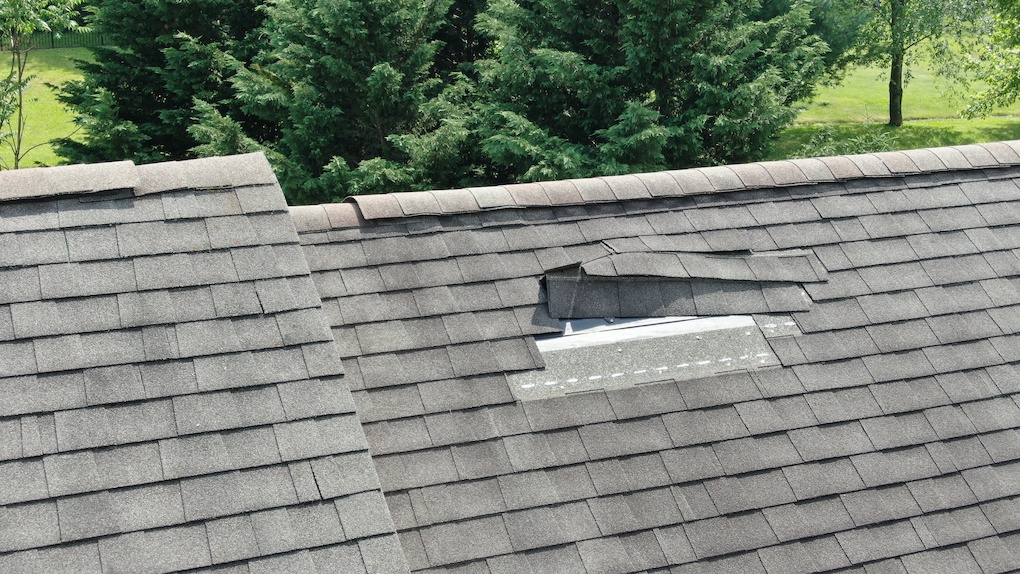
If there’s been a severe impact of hail or debris on your roof, you may even be able to see dents from your yard. If a shingle has been severely dented, it’s possible that the underlayment and decking of your roof has been damaged as well. In some cases, large tree branches and other debris can be thrown at your roof at high speeds, causing holes that puncture every layer of your roof.
Dark Spots on Your Roof
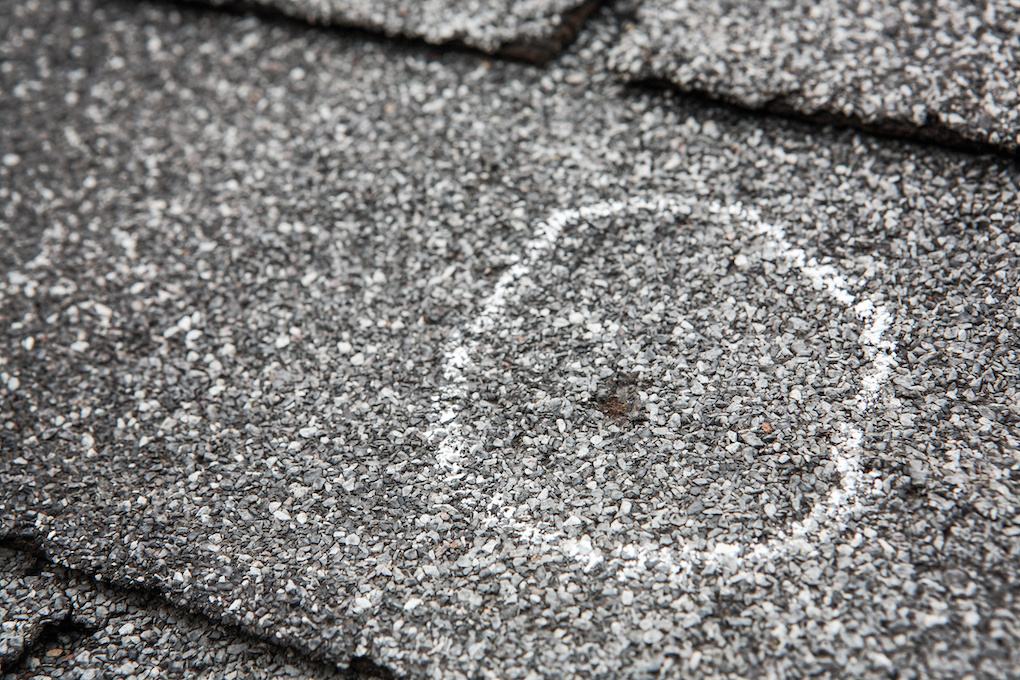
This is a sign that a shingle was blown off either due to the impact of hail or from severe wind. The dark spot is your roofs’ underlayment showing where the shingle used to be. A missing shingle isn’t the end of the world, but it should be fixed right away. If the damage is as simple as one missing shingle, you may be able to complete the repair yourself if you have roofing experience.
Cracks in Shingles
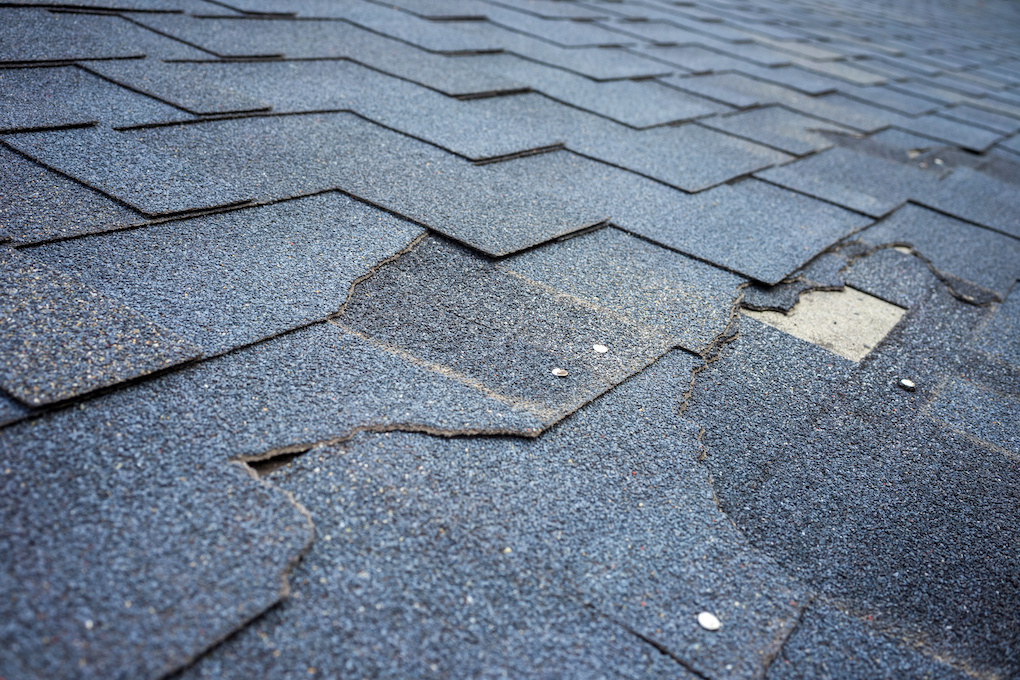
You’ll need to get a closer look to notice cracks, but even small cracks could lead to long-term issues. We’re not suggesting that you should crawl up on your roof and inspect every single shingle, but if you notice some of the signs above, like hail or falling debris, it’s a good idea to take a closer look. A cracked shingle won’t necessarily present an immediate issue, but if it goes unfixed, it’s that much easier for water to leak through or for your shingle to be completely blown off in the next storm.
Damage to Siding and Gutters

We’re mostly discussing roofing storm damage today, but many of these signs apply to your siding and gutters as well. Plus, if there’s been damage to your siding or gutters, that’s a good sign that your roof could have taken some storm damage as well. Obvious signs like dented or cracked siding and gutters are easily spotted, but many homeowners don’t notice other significant storm damage signs to gutters. It’s important to check on your gutters after any storm to ensure proper water flow is occurring. Major dents or blockage from a fallen tree branch or debris can prevent water from flowing properly off your roof, which in turn could cause all sorts of problems for your roofing system and the rest of your home.
Signs of Interior Storm Damage
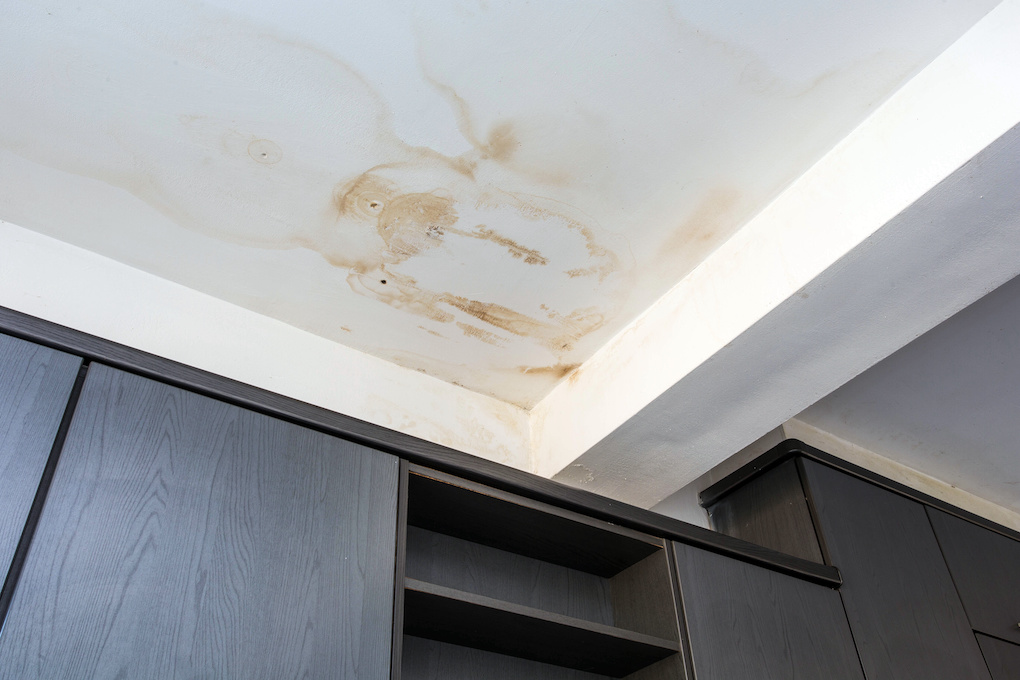
If you have storm damage to your roof, it’s not a bad idea to look for other signs inside of your home. Fallen tree limbs or debris can easily puncture roofing materials and get the water flowing, causing all sorts of trouble with mold or even pooling water on the roof that could lead to more roof problems down the road. Obvious signs of storm damage on the inside of your home would be any leaking from the ceiling or new water stains. It’s also a good idea to check your attic or whichever ceiling is closest to the roof to ensure there’s no visible holes or water dripping. If a major storm has rolled through your area recently, look over the inside and roof of your home to check for all the above signs of storm damage. If you suspect any type of storm damage at all, the best thing you can do is call a roofing contractor right away to get a roof inspection. At Eagle Eye, we pride ourselves on the ability to restore the integrity of your roof fast. Better yet, we offer free inspections! Click here to learn more about our storm damage repair services and to request a roof inspection.

